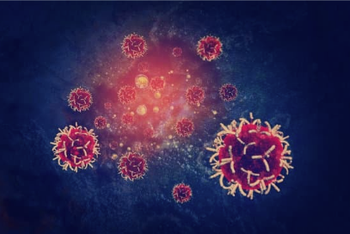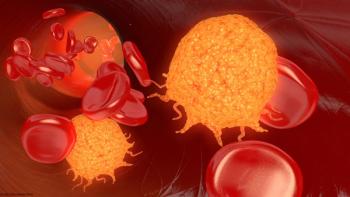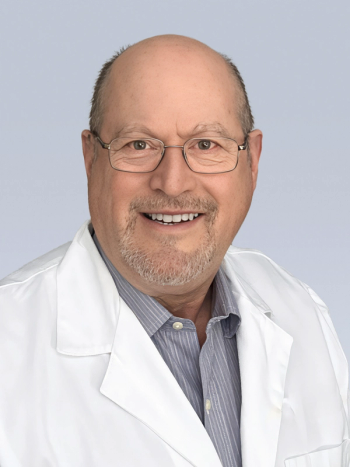
Miami Breast Cancer Conference® Abstracts Supplement
- 42nd Annual Miami Breast Cancer Conference® - Abstracts
- Volume 39
- Issue 4
104 Identification of Ductal Carcinoma In Situ Patients With Low-Risk Clinicopathology Who Benefit From Radiation Therapy With and Without Endocrine Therapy After Breast-Conserving Surgery Assessed With the 7-Gene Biosignature
Background/Significance
The 7-gene biosignature provided better identification of patients with low 10-year ipsilateral breast recurrence (IBR) rates and no significant radiation therapy benefit compared with using clinicopathology low-risk criteria. Importantly, the biosignature classified over half of women with low-risk clinicopathology treated with endocrine therapy as High Risk. This group received a substantial benefit from radiation therapy, while those with biosignature Low Risk did not.
Materials and Methods
Women (n = 926) from 4 ductal carcinoma in situ (DCIS) cohorts treated with breast-conserving surgery had tissue samples analyzed at a CLIA lab. Clinicopathology low risk was defined using RTOG 9804-like criteria (no ink on tumor) or Memorial Sloan Kettering Cancer Center (MSKCC)-like criteria using nomogram-weighted factors (low-risk score < 220, excluding re-excision number, no ink on tumor, and radiation therapy treatment). Women were also classified as molecular Low Risk (decipher score (DS) ≤ 2.8, no residual risk subtype, RRt) or High Risk (DS > 2.8, ± RRt) using the biosignature. Ten-year IBR Kaplan-Meier rates and Cox proportional hazard ratios (HRs) were calculated for endocrine therapy and radiation therapy.
Results
Overall, 66% of 926 women were classified as low risk by clinicopathology criteria (Radiation Therapy Oncology Group [RTOG] or MSKCC). Patients with clinicopathology low-risk treated without endocrine therapy (n = 315) had a 10-year IBR of 13% after breast-conserving surgery without radiation therapy and 7% with radiation therapy (HR, 0.51; P = .10), while those treated with endocrine therapy (n = 291) had a 10-year IBR of 9% after breast-conserving surgery without radiation therapy and 4% with radiation therapy (HR, 0.39; P = .09).
37% of women were classified as decipher score low risk (n = 338) by the biosignature with a 10-year IBR of 5.6% after breast-conserving surgery with no significant endocrine therapy (IBR, 3.6%; HR, 0.66, P = .41) or radiation therapy benefit (IBR, 2.7%; HR, 0.88; P = .78). Patients with concordant clinicopathology low-risk and biosignature Low Risk (n = 269) had a 5.5% 10-year IBR after breast-conserving surgery and no significant radiation therapy (IBR, 5.5%; HR, 1.10; P = .87) or endocrine therapy benefit (IBR, 7.3%; HR, 0.44; P = .22).
Also, 48% (n = 151) of clinicopathology low-risk patients treated without endocrine therapy were re-classified as High Risk by the biosignature and had elevated 10-year IBR without radiation therapy (21%) and radiation therapy benefit (IBR, 7%; HR, 0.31; P = .03). Also, 59% (n = 173) of clinicopathology low-risk patients treated with endocrine therapy after breast-conserving surgery were classified by biosignature as decipher score High Risk with elevated 10-year IBR without radiation therapy (14%; HR, .67; P = .28, vs no endocrine therapy) and radiation therapy benefit (IBR, 5%; HR, 0.22; P = .02).
Conclusion
In decipher score low-risk patients, these findings confirm no radiation therapy benefit and suggest no endocrine therapy benefit beyond that seen in the contralateral breast (data not shown). In decipher score high-risk patients without radiation therapy, these data suggest an intermediate endocrine therapy benefit, but for decipher score high-risk patients with radiation therapy, no endocrine therapy benefit beyond that seen in the contralateral breast.
Articles in this issue
Newsletter
Stay up to date on recent advances in the multidisciplinary approach to cancer.



















































































